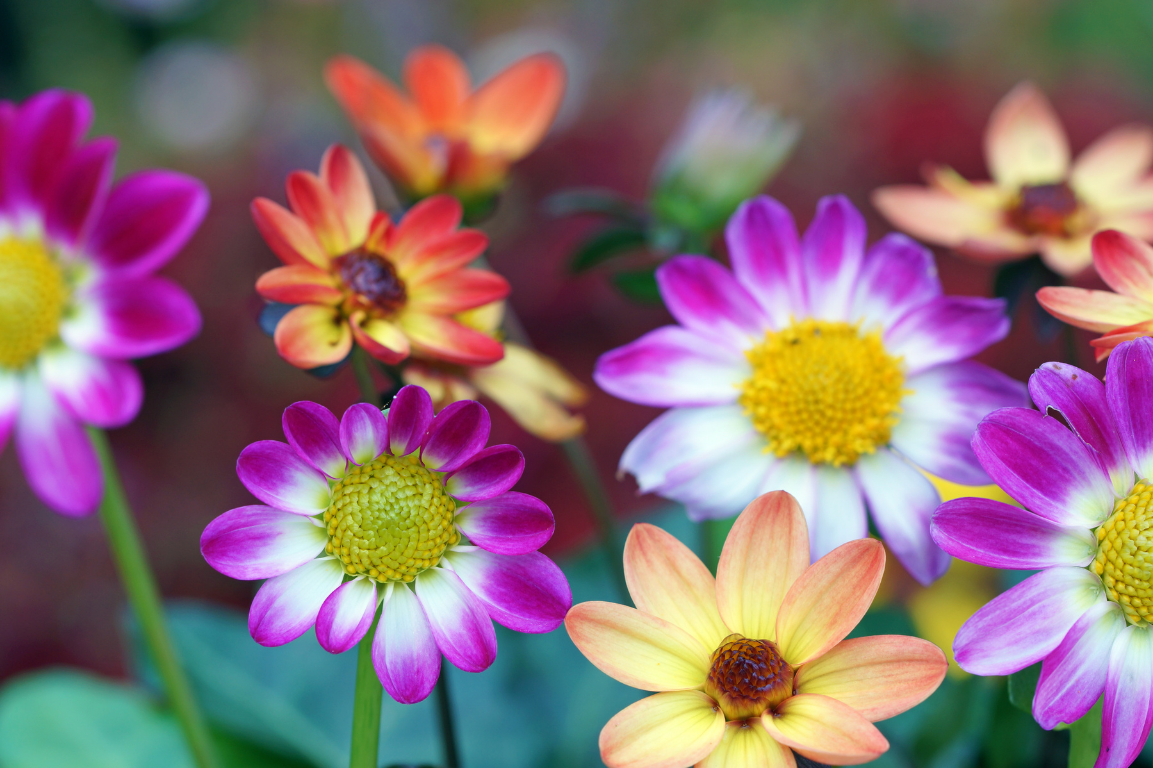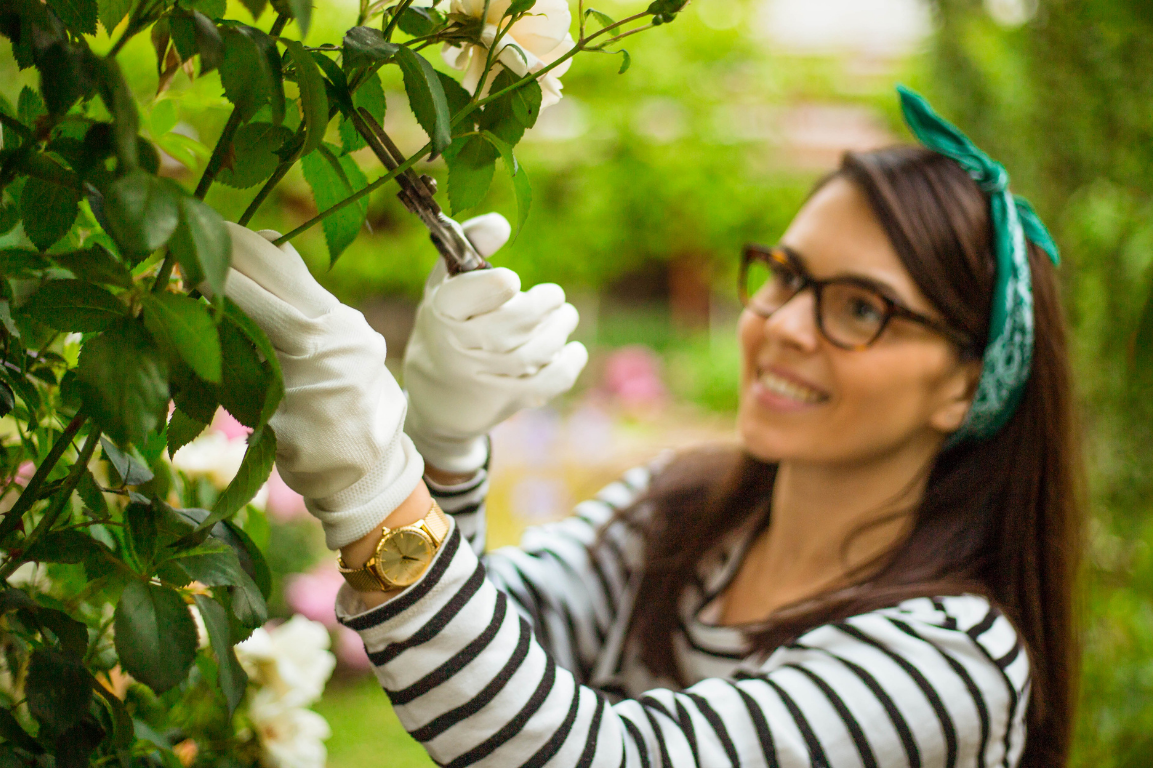.png)
Many of us spent a lot of time on our plot last year, either through choice or necessity! Whatever the reason, folks returned to their plot and new gardeners were born!
Let’s take a look at what we need to be doing in our garden in March:
Lawns
March can be the time to wake up your lawns into new growth, but don’t be in too much of a hurry, particularly in the north if winter lingers.
You may need to recut edges to improve the appearance and perhaps get a little exercise with a stiff bloom to remove worm casts that may have accumulated on the surface. In mild weather, when the grass is dry you can be mowing, but keep those mower blades high to begin with, so as not to put the grass under stress.
Thinking of sowing a new lawn, or have patches to repair? Time then to think about getting some quality seed. Will it need to take a lot of wear, or be mainly ornamental? This will affect your choice of seed mixture. Alternatively, for faster results, you could choose turf.

Flowers
Sow tender annuals, or those that need a long growing period, indoors or in the greenhouse. Cosmos for instance, are easy to grow and come in different heights, colour and flower forms. They also make sizeable plants to fill a border.
No greenhouse or room indoors? Choose hardy annuals and sow them direct outside. They are so easy, grow well on poor soils and rarely need any fertilizer. Just dig and rake your soil, scatter the seed, rake it in and watch them grow. Look for things like cornflower, Clarkia, Godetia and Nasturtium. Alternatively, how about some majestic sunflowers?
You can start planting perennial flower plants and lifting and thinning overcrowded ones in existing borders. Make sure you have removed any weeds though to get a clean start!
Hopefully you have had a good display of Daffodils and Narcissi? Time now to remove faded flower stems, but leave the foliage to build resources in the bulb for the following year.
Time too to be planting summer flowering bulbs like Dahlias and Gladioli.
Vegetables
Think about sowing tender varieties (or those that need a long growing period), indoors or in the greenhouse. Peppers are increasingly popular. Get those chillies in straight away! Try the new Blight resistant (fungal disease) Tomatoes e.g. ‘Crimson’ Cherry, Plum, Crush (standard round fruits) and Blush (Beefsteak). All are suitable for growing outdoors or in a greenhouse or tunnel.
Outside there is lots to do when soil and weather conditions allow. Remember, you can lay black polythene to absorb the sun’s heat and warm up the soil.
Onion sets, Shallots, Asparagus and early Potatoes can be planted now and first sowings of Broad beans if conditions allow. For early crops, try a dwarf variety like ‘The Sutton’, or you may prefer the scent and colour of ‘Crimson flowered’ and of course you get beans too! Early Peas can also be started into growth.
Other sowings could be salad crops such as Beetroot, Radish, Carrots, Lettuce, Leaf Salads and Spring Onions. Parsnips too, as they need a long growing season.
Elsewhere in the vegetable patch, if you have any overwintering vegetables, applying a nitrogenous fertilizer will re-awaken them.
Finally, if you sowed a green manure crop in the autumn, now is the time to dig it in to improve the soil structure and fertility.
Fruit
March is your last chance to plant bare root Strawberry runners or cane fruit, like Raspberries, Blackcurrants etc.
Its time too for applying fertilizer to established crops to get them moving for the summer.
Remember that Blueberries like an acid soil, so you need to use an ‘Ericaceous’ fertilizer.
For wall planted peaches and nectarines, you may want to cover the developing flowers with horticultural fleece to protect them from frost and maximise your crops.
Trees/Shrubs
Time to prune winter flowering shrubs such as winter flowering Jasmine and Clematis. Roses too need to be completed and then fertilizer can be applied to encourage spring growth.


